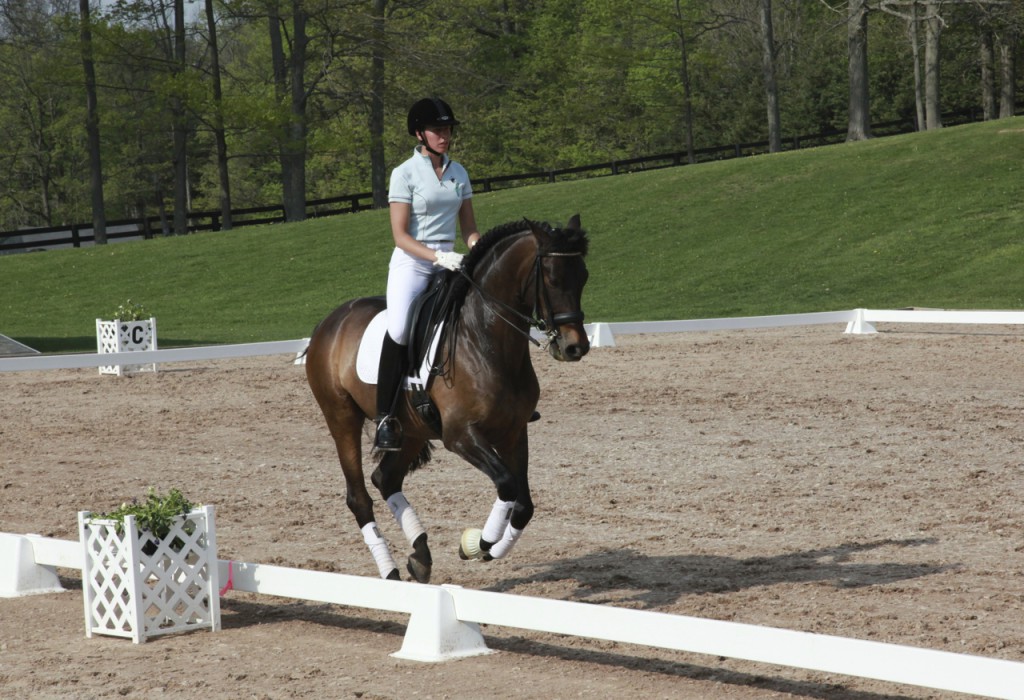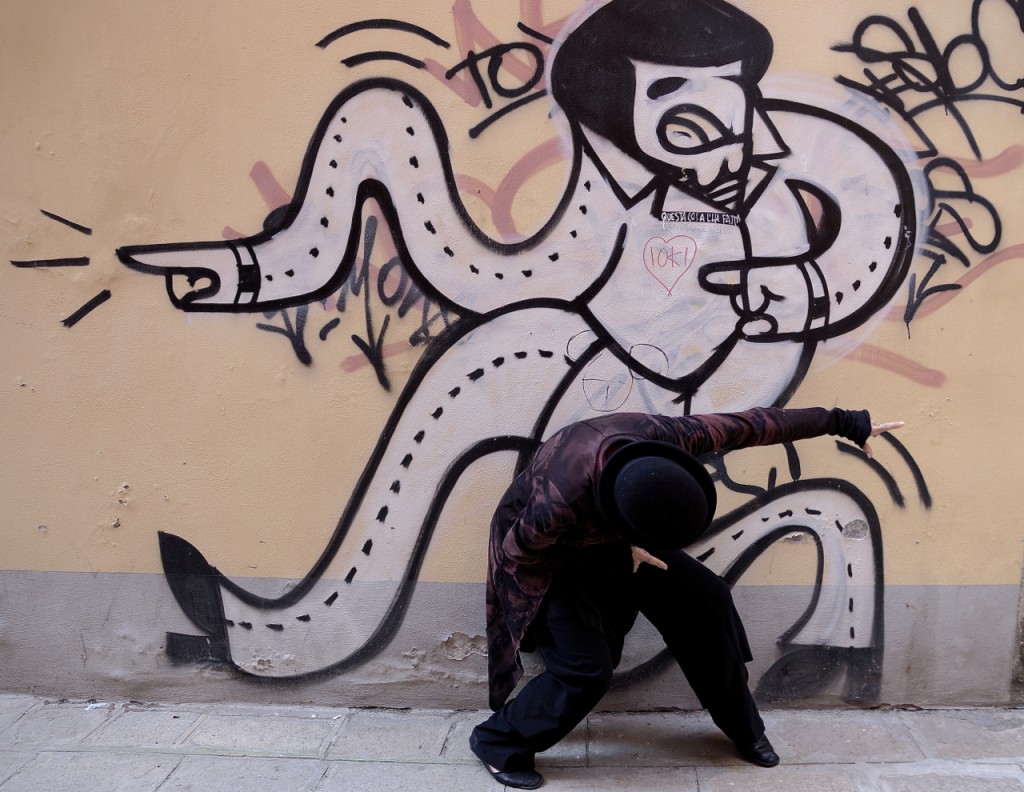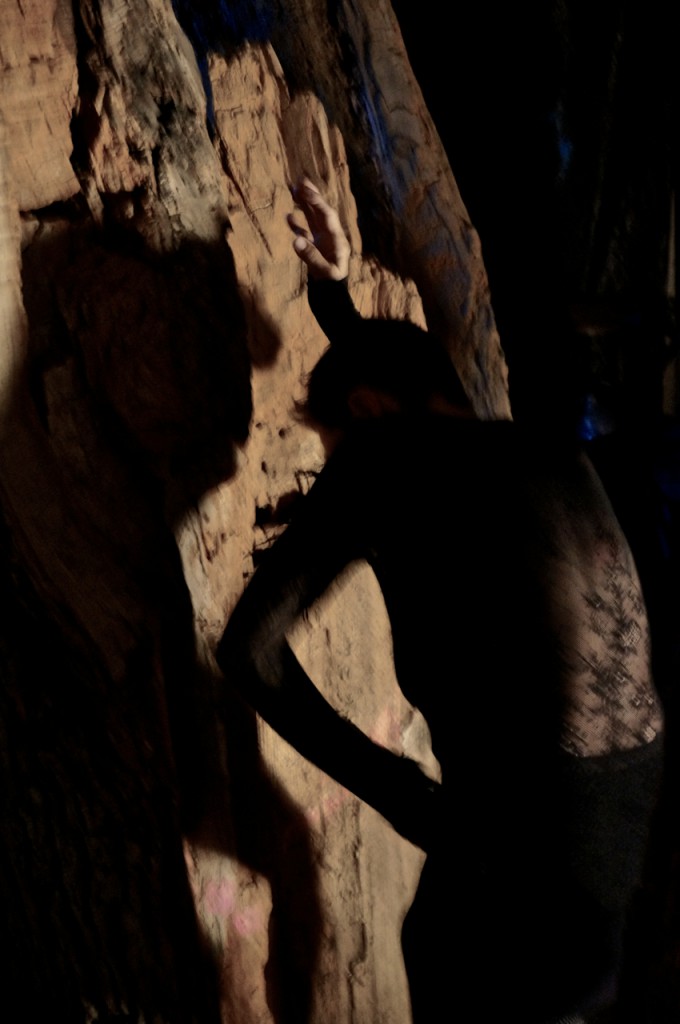 Amadeo, ridden by Brandi Rivera
Amadeo, ridden by Brandi Rivera
Today in my studio, I was playing with movement that originates in the body’s fluid system, specifically cellular fluid, transitional fluid and extracellular fluid. I had been watching Bonnie Bainbridge Cohen’s videos on the fluid systems of the body. According to Bonnie, “The fluids are the transportation system of the body. They underlie presence and transformation, set the ground for basic communication, and mediate the dynamics of flow between rest and activity, tension and relaxation. The characteristics of each fluid relate to a different quality of movement , touch, voice, and state of mind. These relationships can be approached from the aspects of movement, mind states, or from anatomical and physiological functioning.”
In Body-Mind Centering,understanding the fluids means
- Distinguishing the qualities of specific fluids through movement and touch.
- Initiating movement from each of the fluids.
- Identifying individual psychophysical characteristics of each of the fluids and their various combinations.
So back to my studio. The cellular fluid has a quality of simple, presence, of being “home” where everything comes into a state of rest, similar to the savasana pose in yoga. Tuning into the transitional fluid means finding a way to move from that parasympathetic state into action without a sympathetic activation. Extracellular fluid can be any fluid that is outside of the cell membrane and has a quality of moving in a direction, like the flow of plasma, for example.
Today, while riding my always complicated Andalusian Amadeo, I decided to experiment with those three fluid states in my ride. Deo is recovering from bilateral hind suspensory injuries, so we are taking things slowly.
At the halt, I looked for that state of rest, tuning into the stillness and presence of the cellular fluid. Then, instead of “popping” out of that stillness into forward movement, I looked for a subtle, transitional feeling (in my own body) of the fluids beginning to “stream” into motion. Then I added the light activation of my leg to move us into going more actively forward. The difference I felt in Deo’s body was profound. He felt much more open and soft as he walked and then as we moved into trot. There was none of the bracing that I often feel as I ask him to move from halt to walk or trot. I felt that in the halt (pause), feeling for the “coming home to rest” quality of cellular fluid, we were able to open to each other and then move together in a more attuned and expansive way.
At the same time, I was excited to be creating this bridge from the studio to the arena to this page. Ride, dance write!


